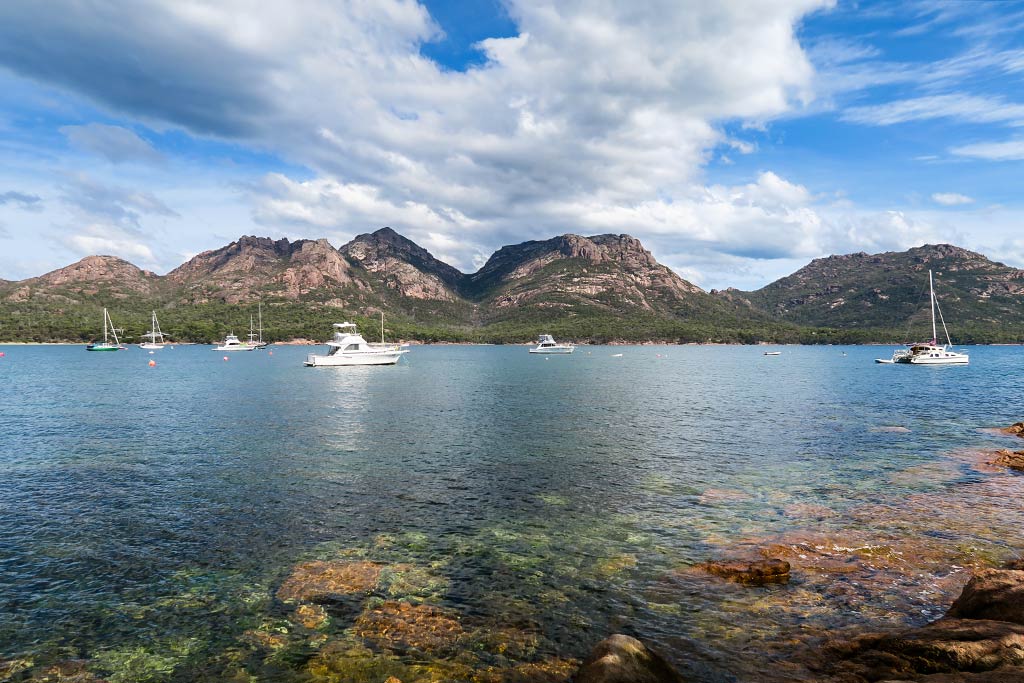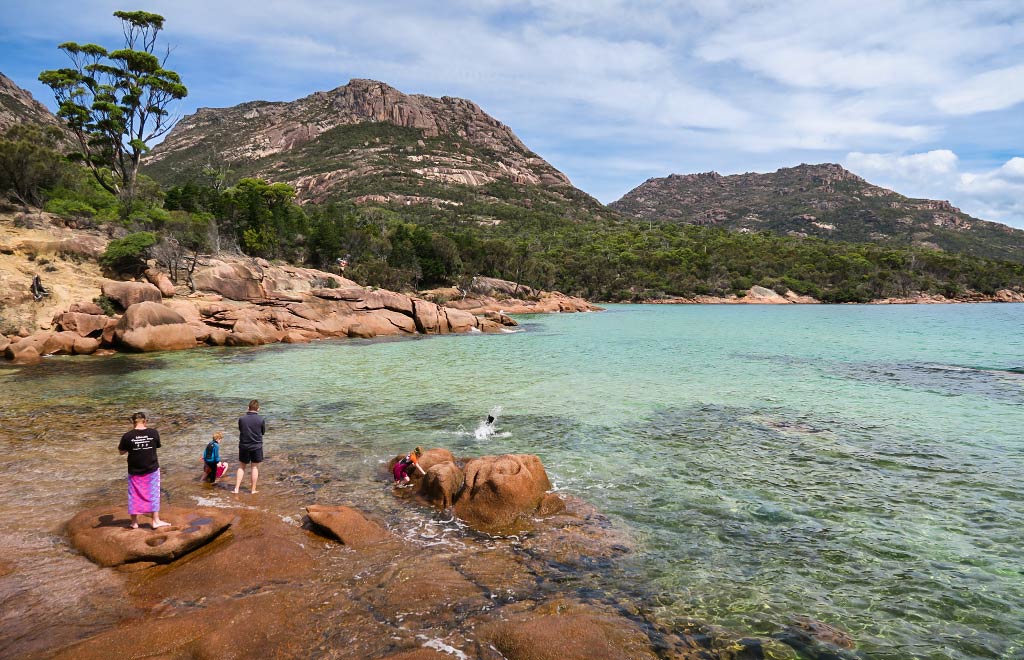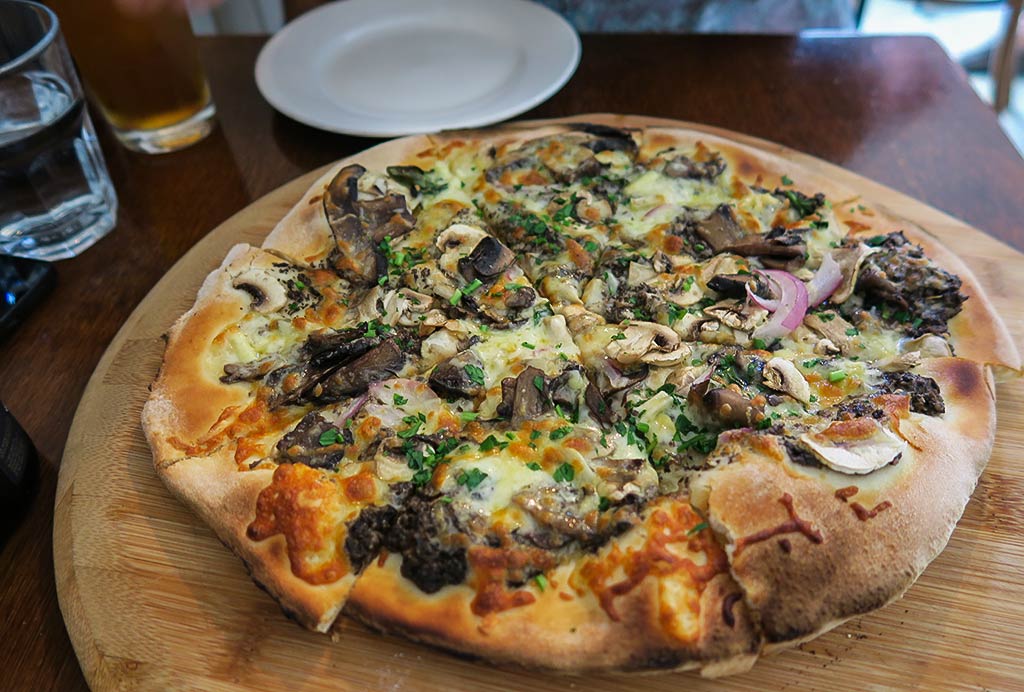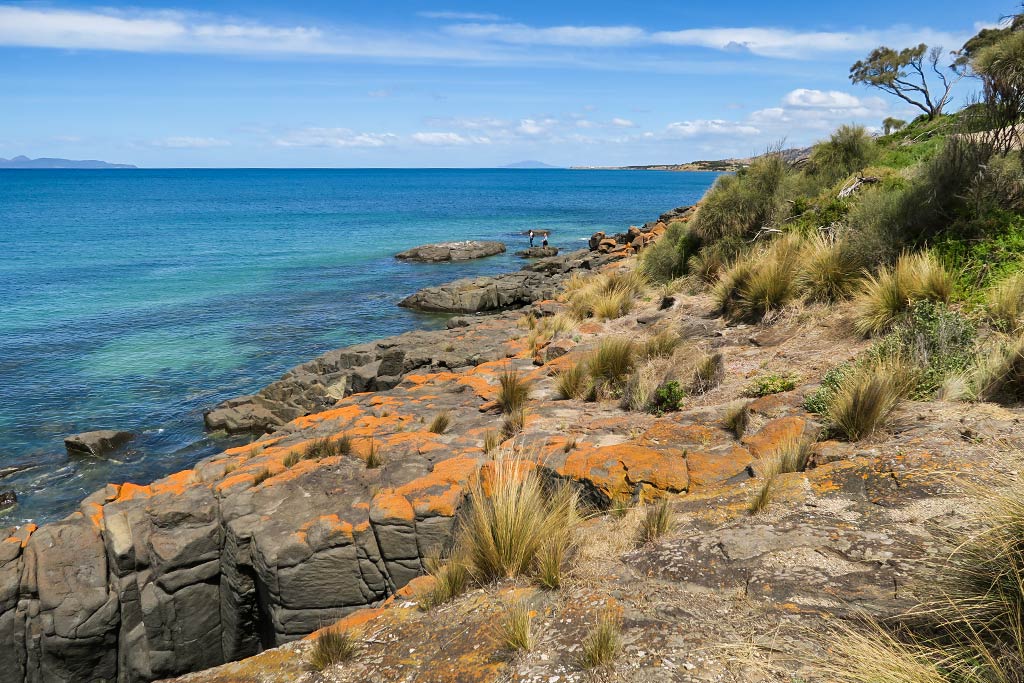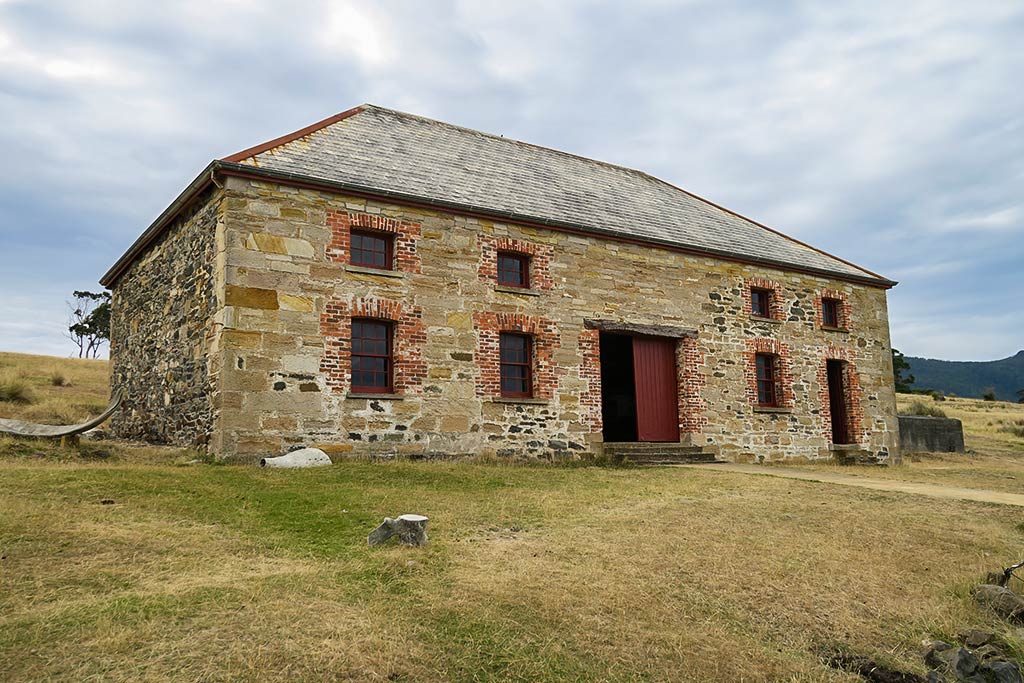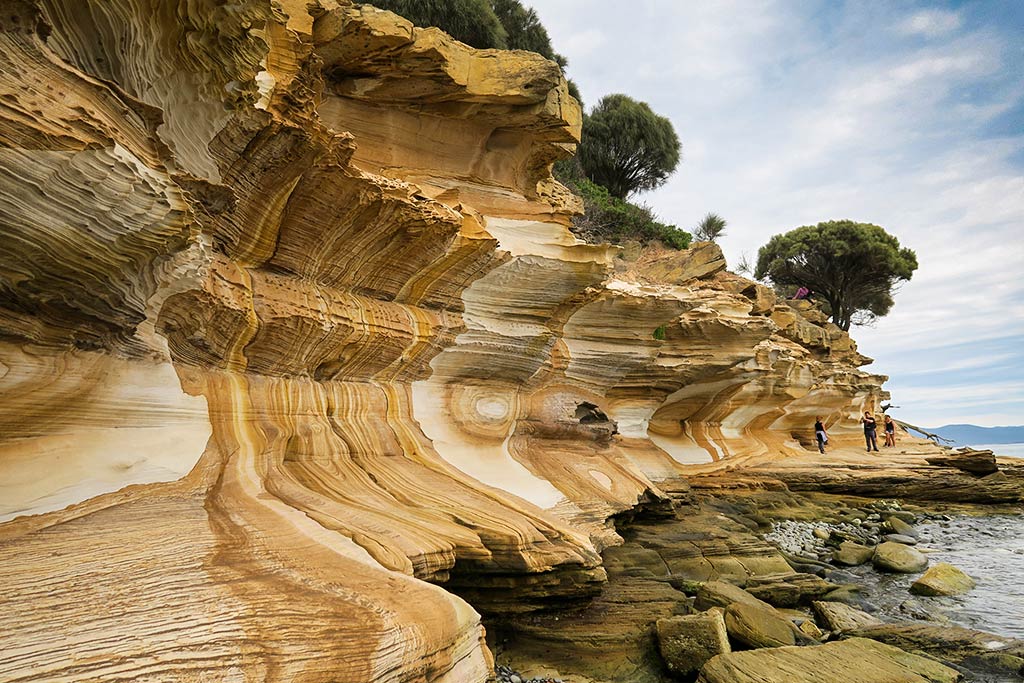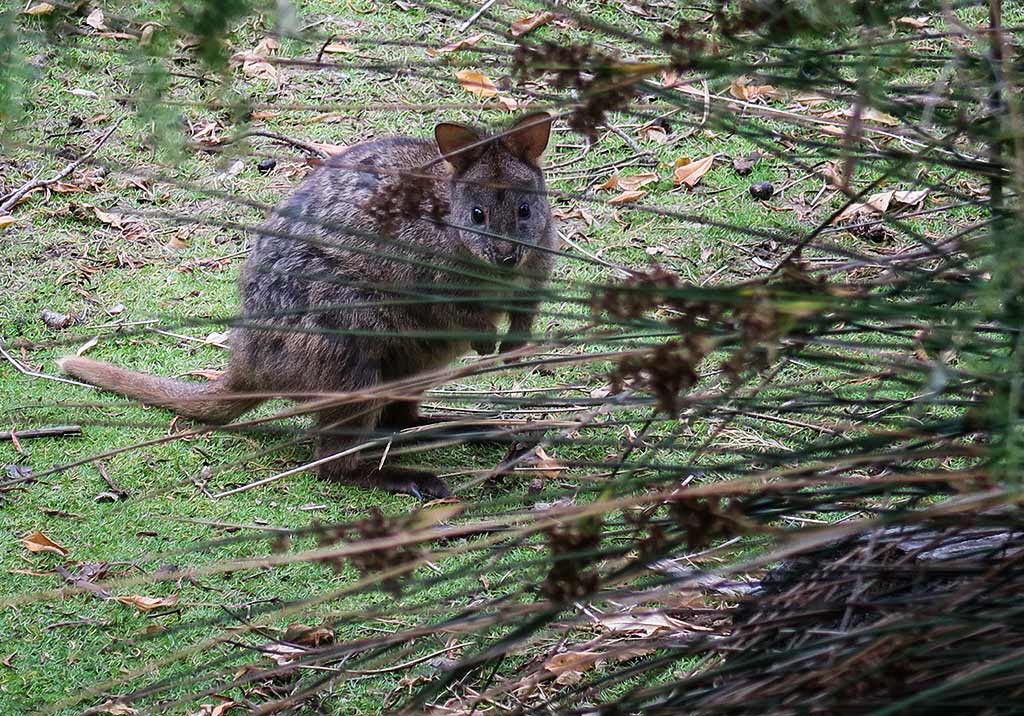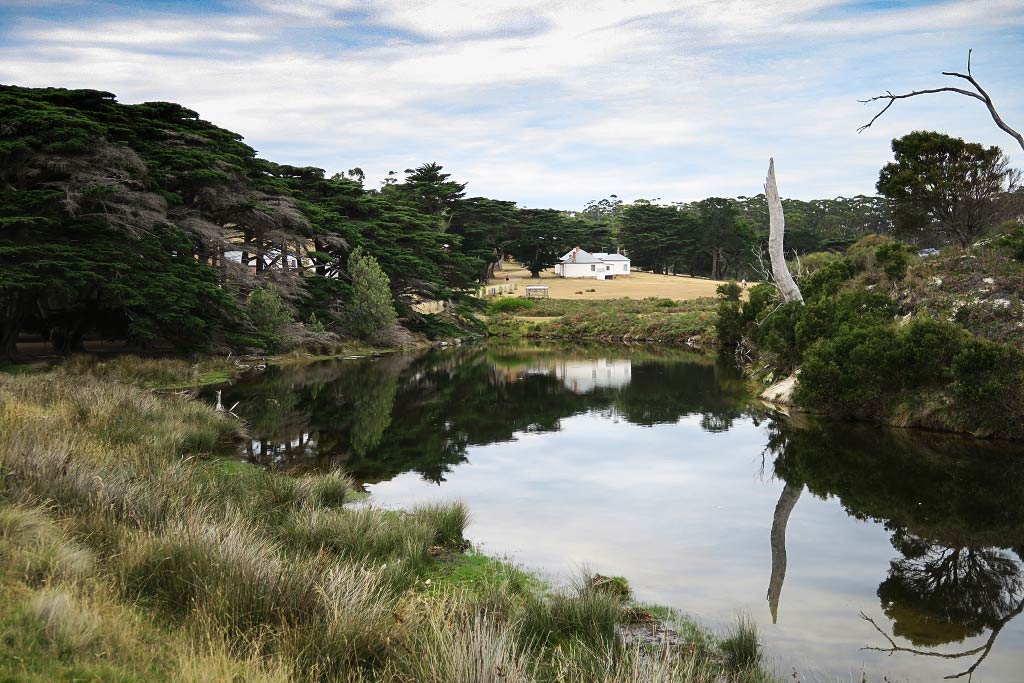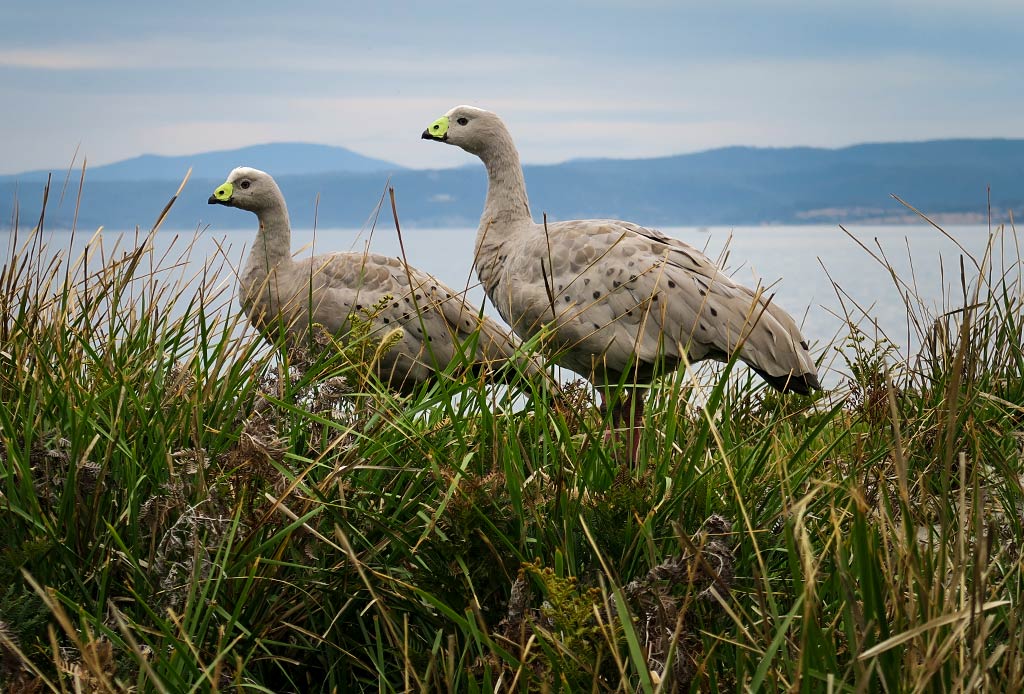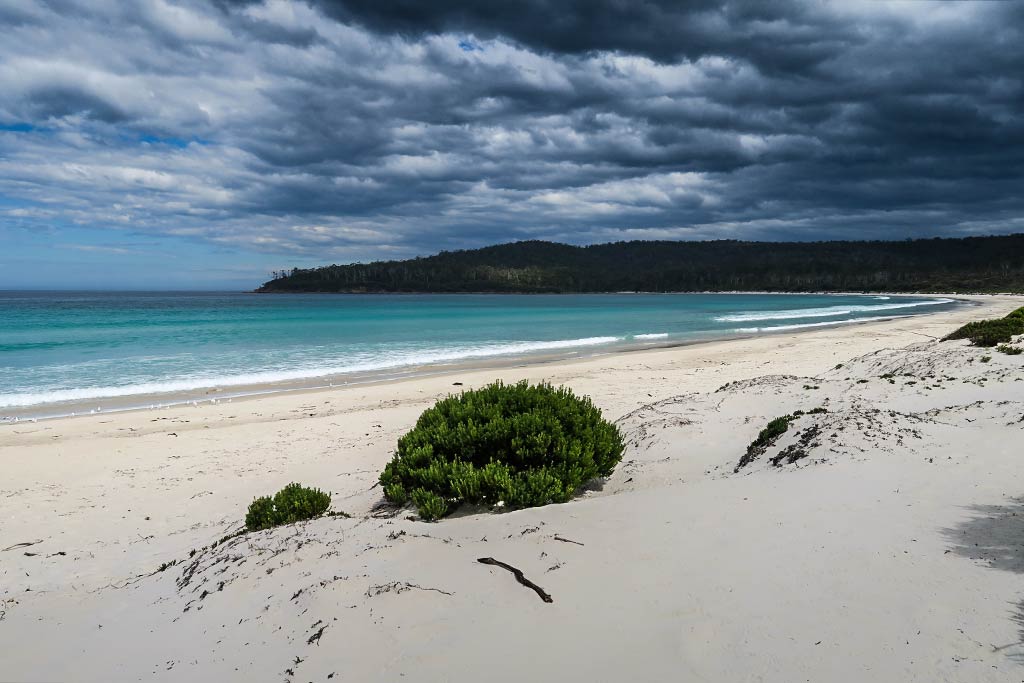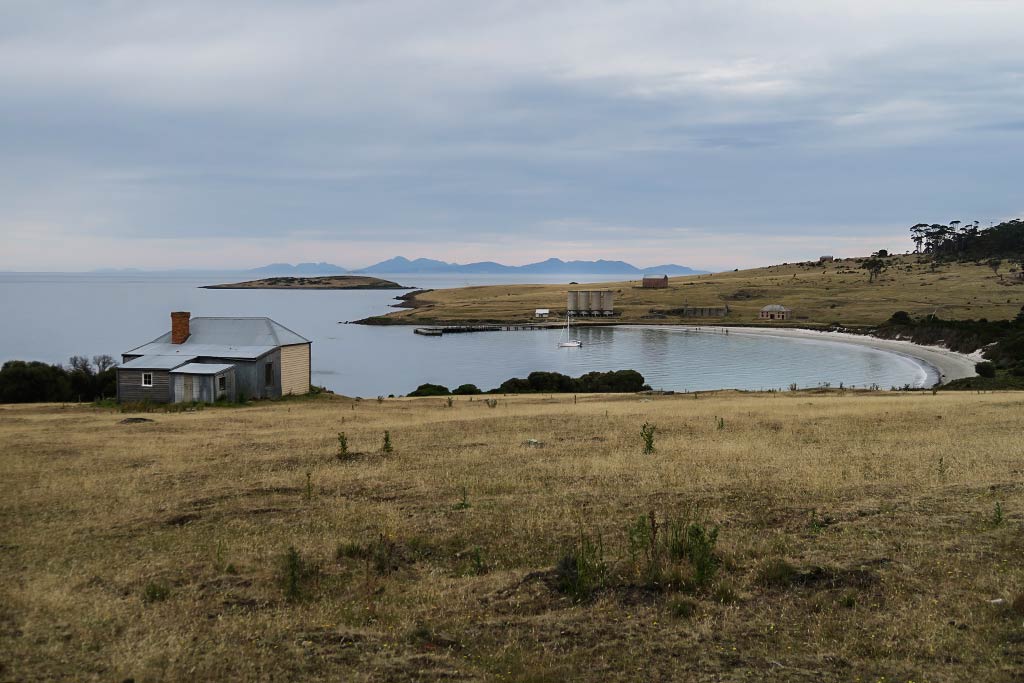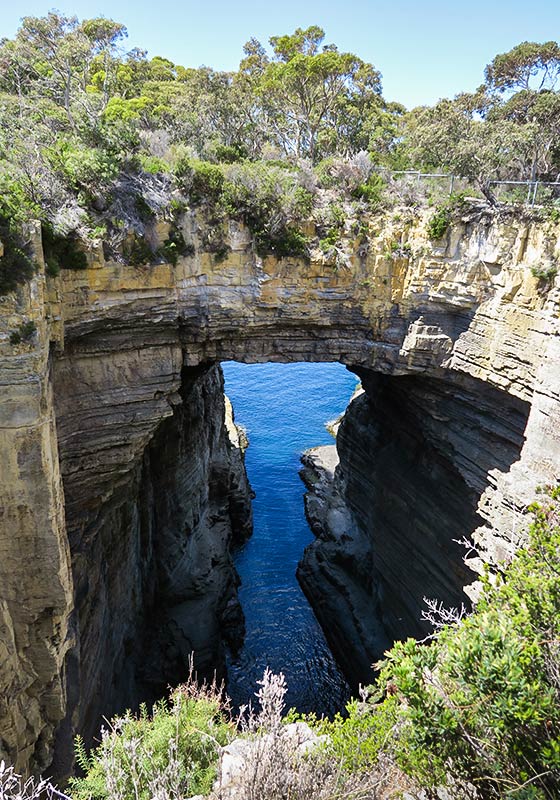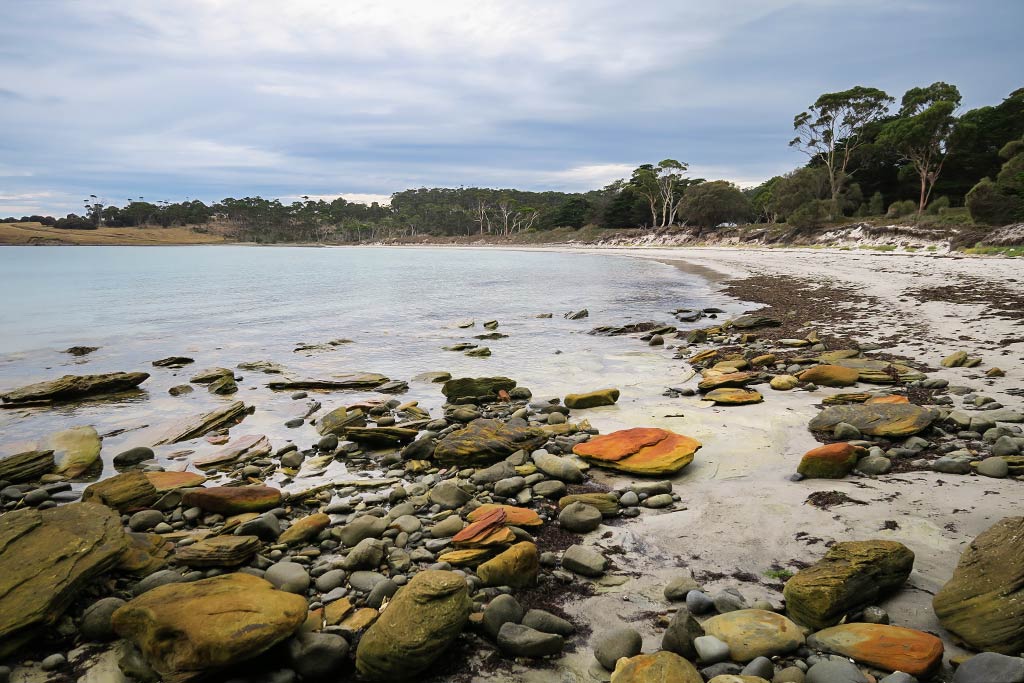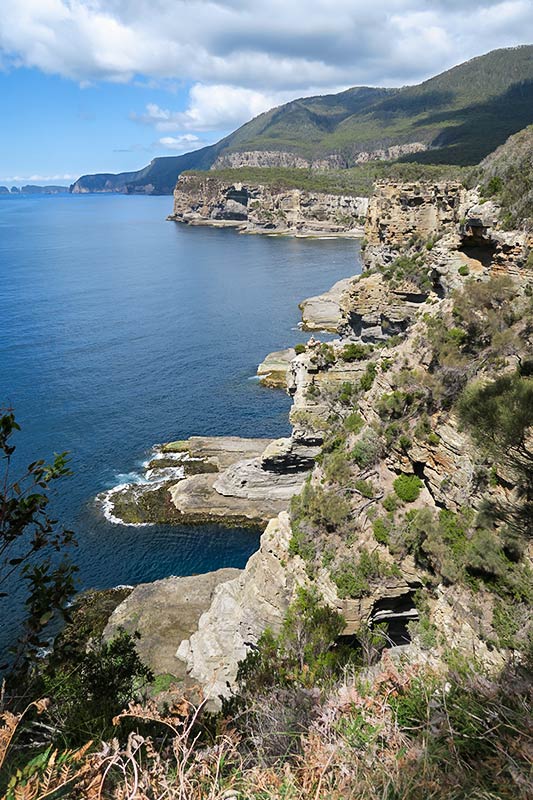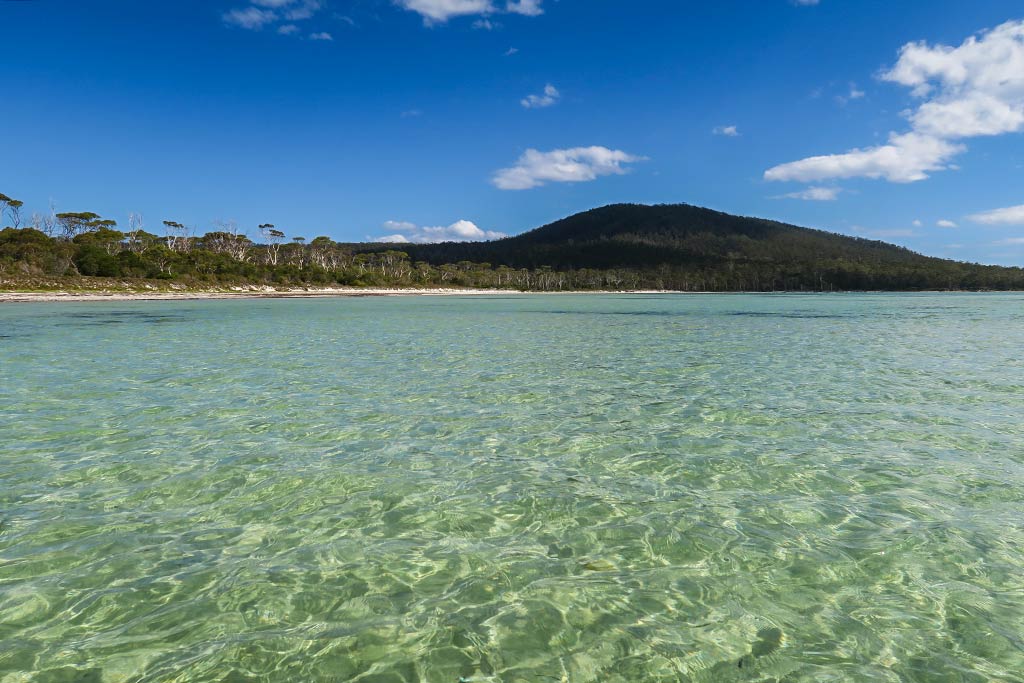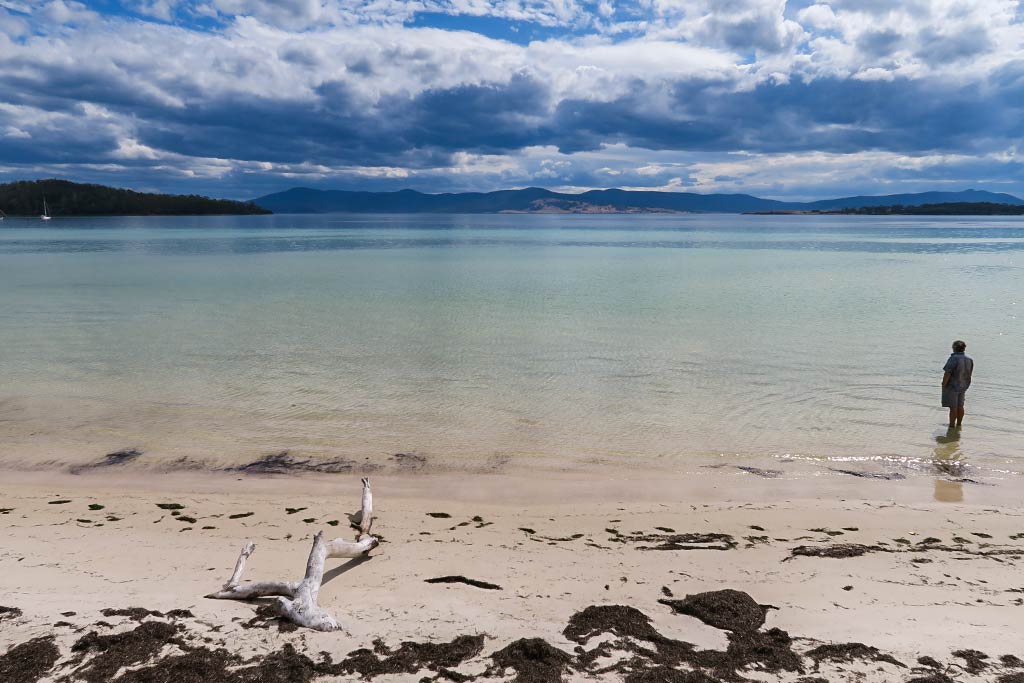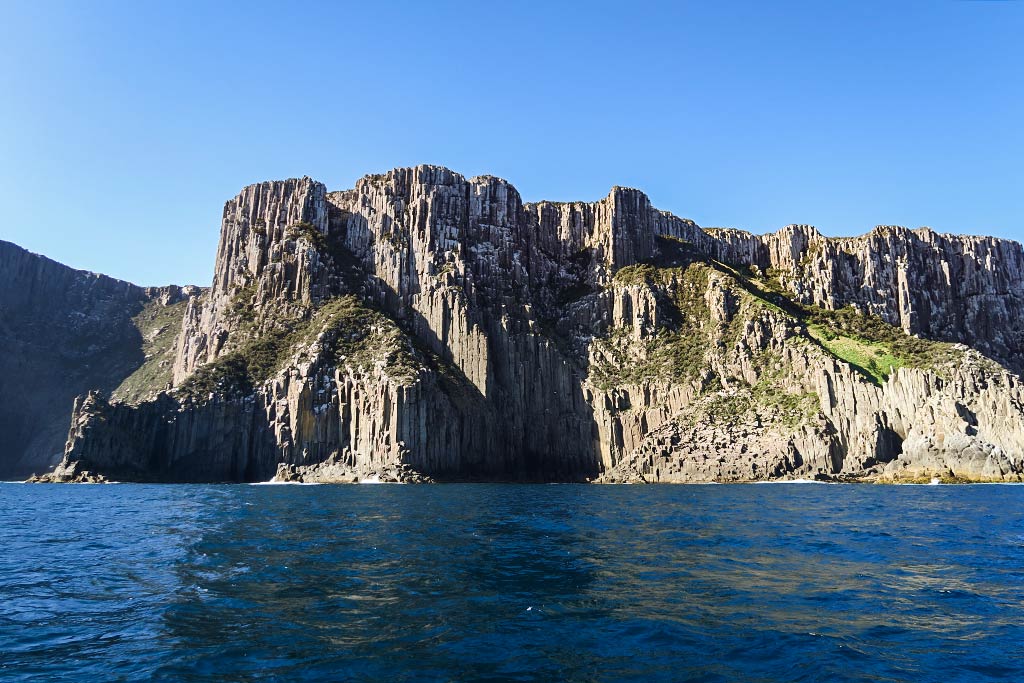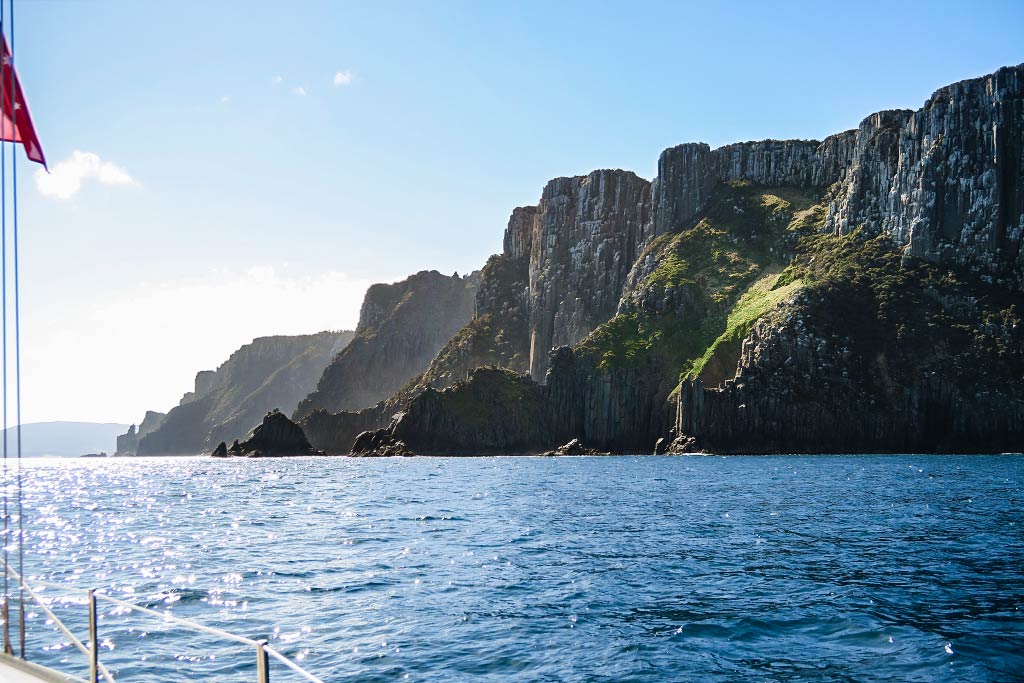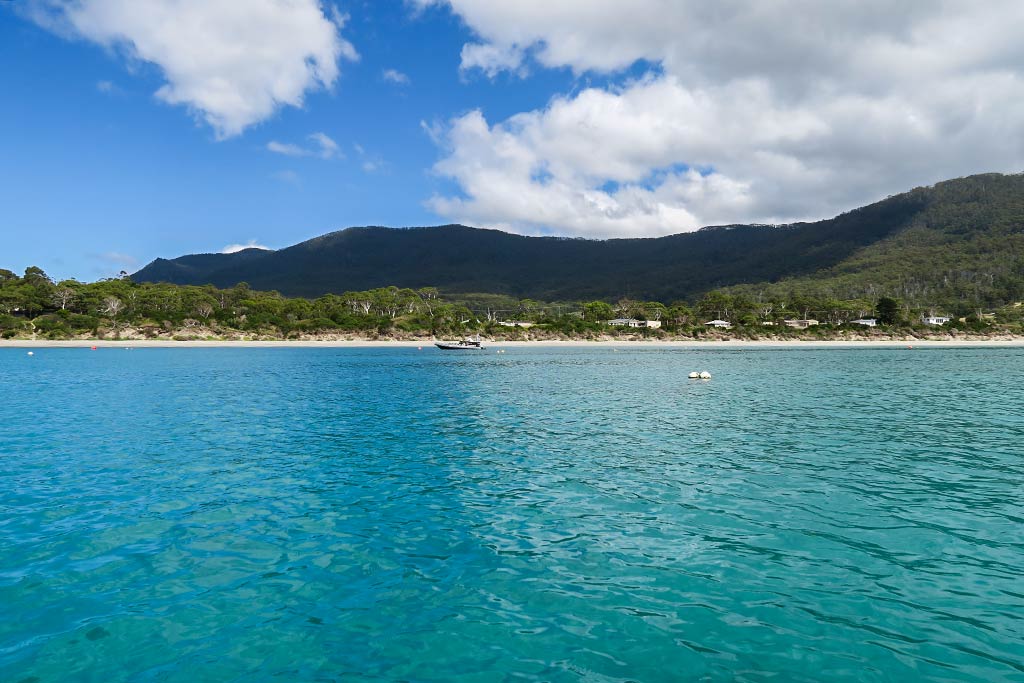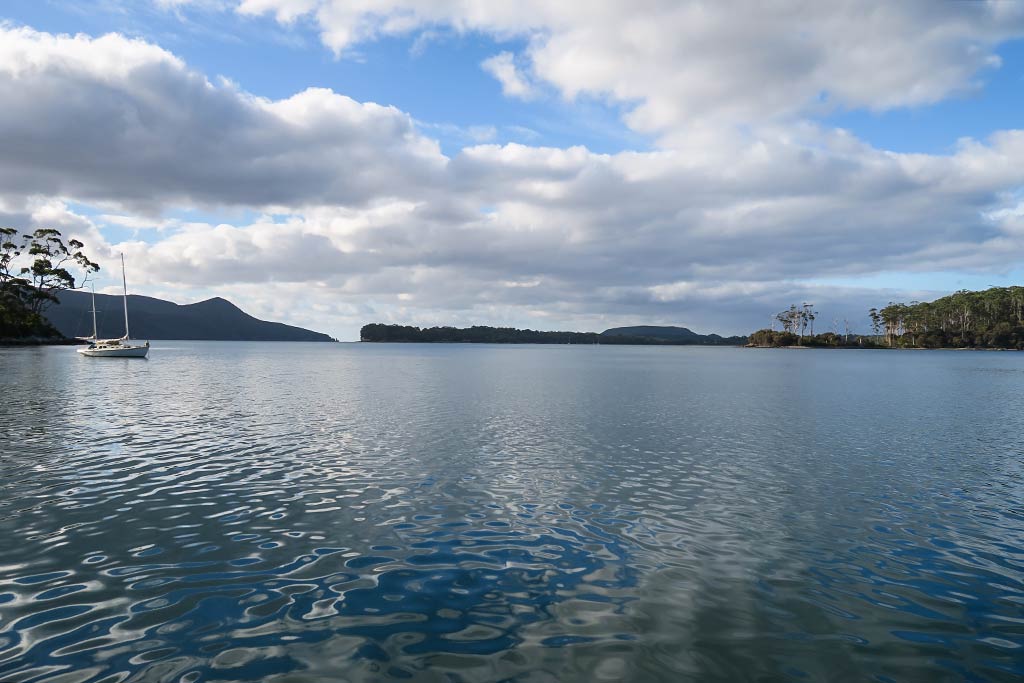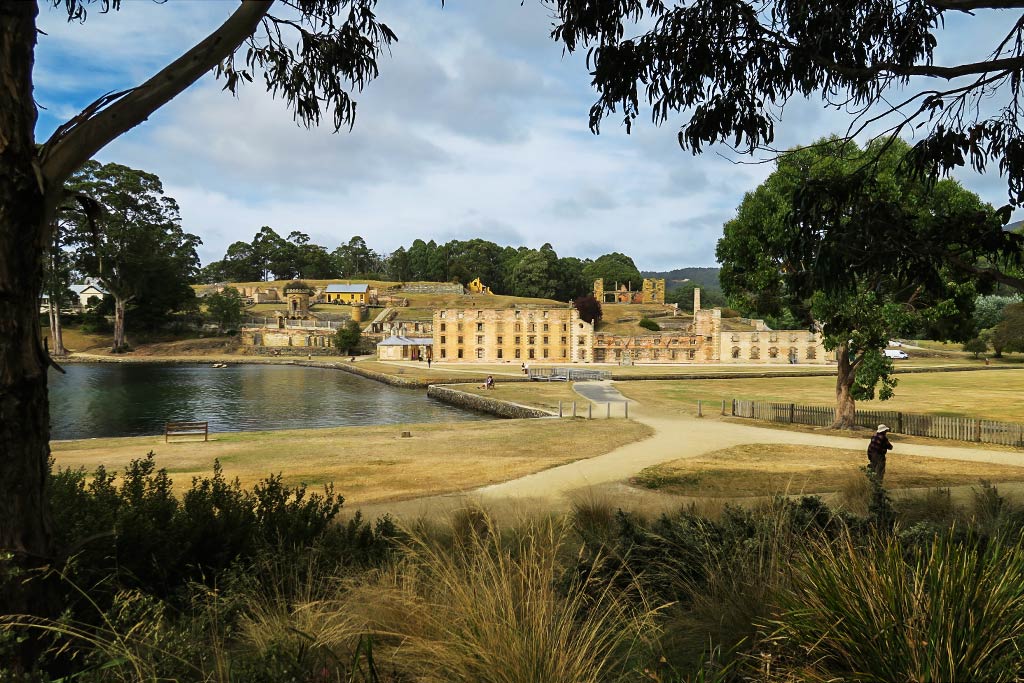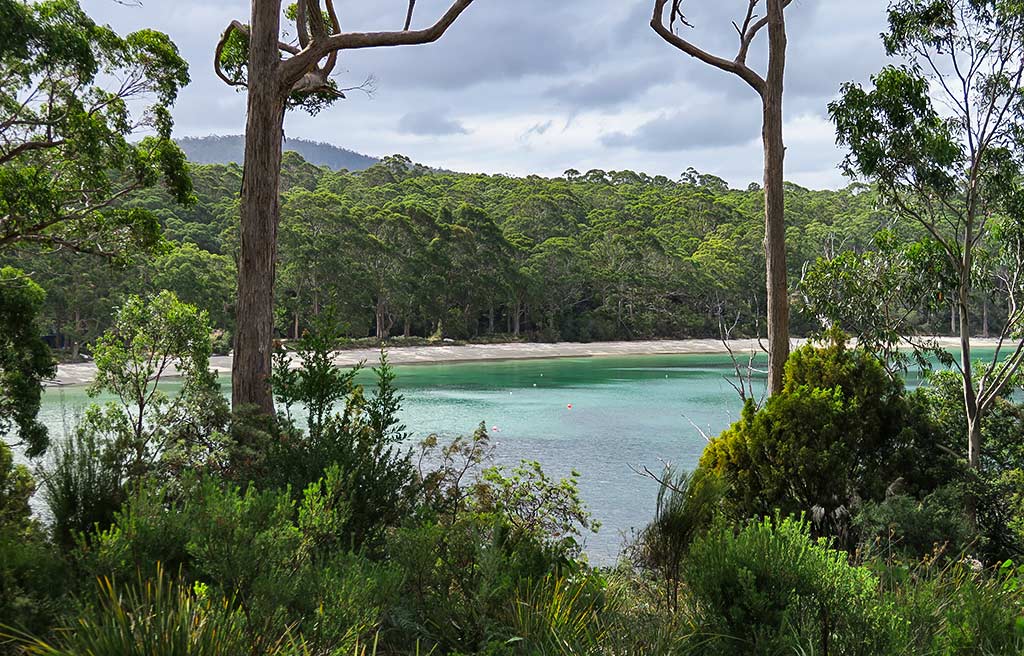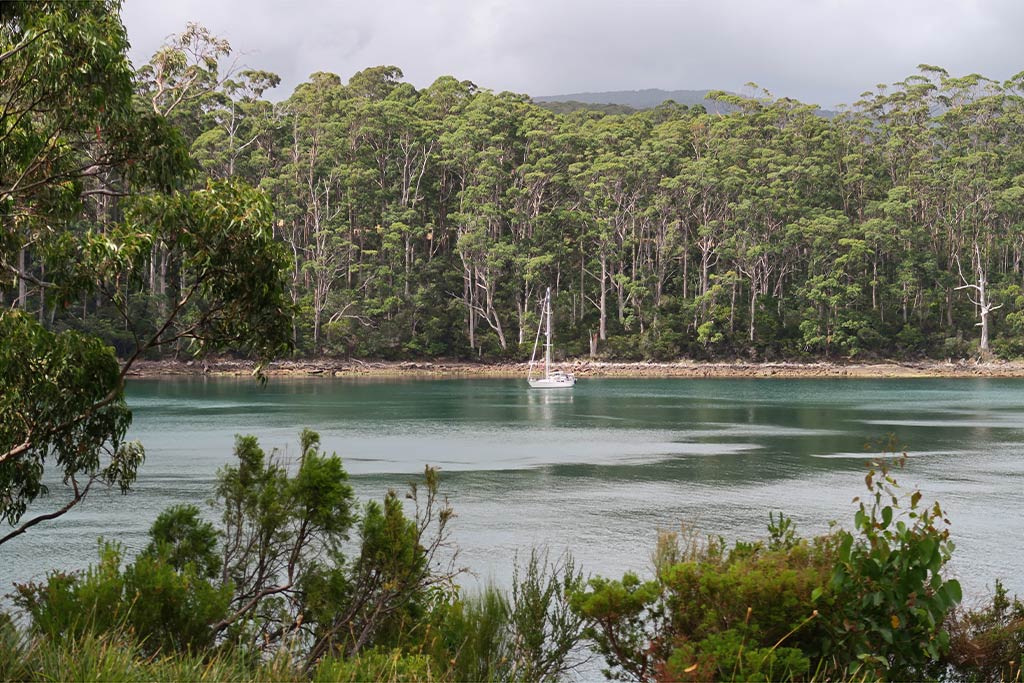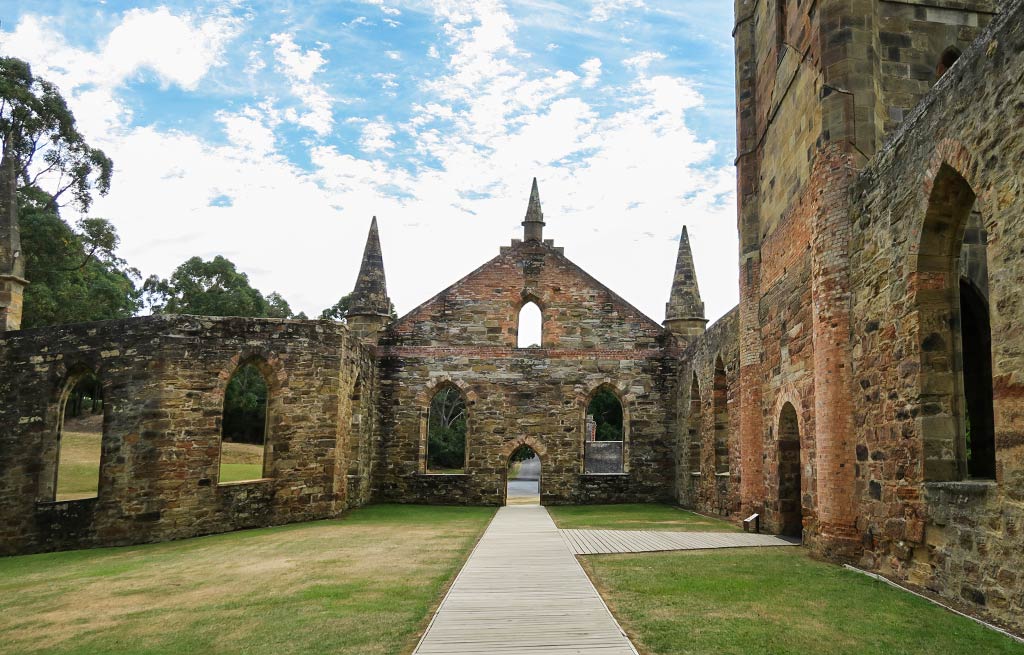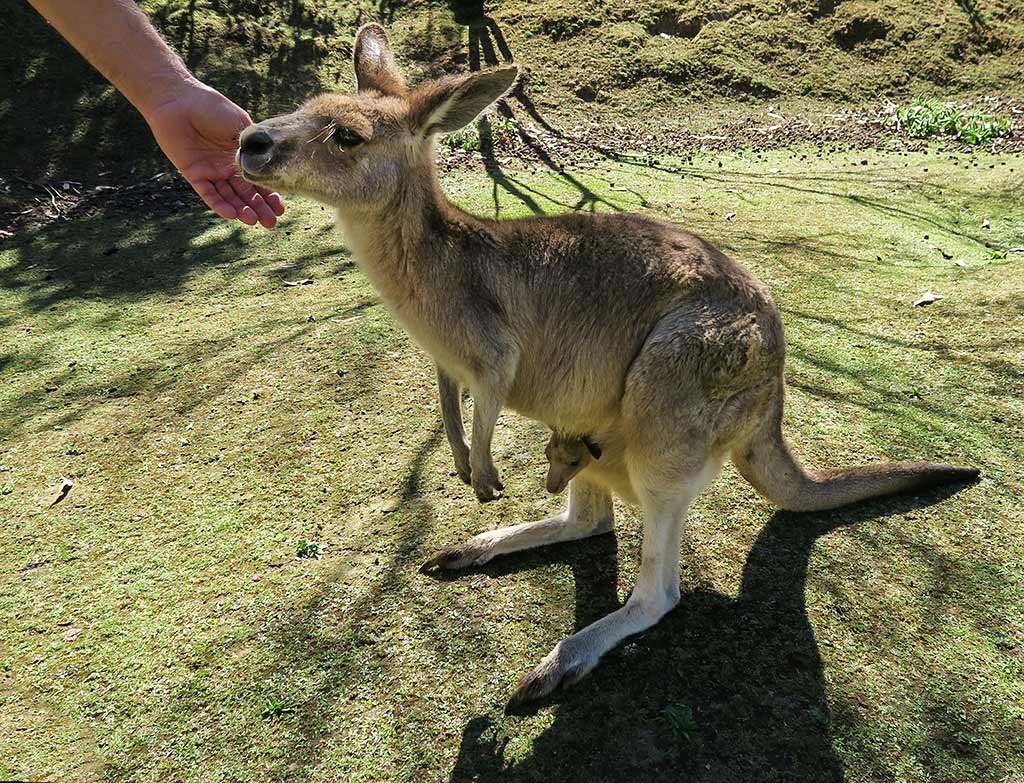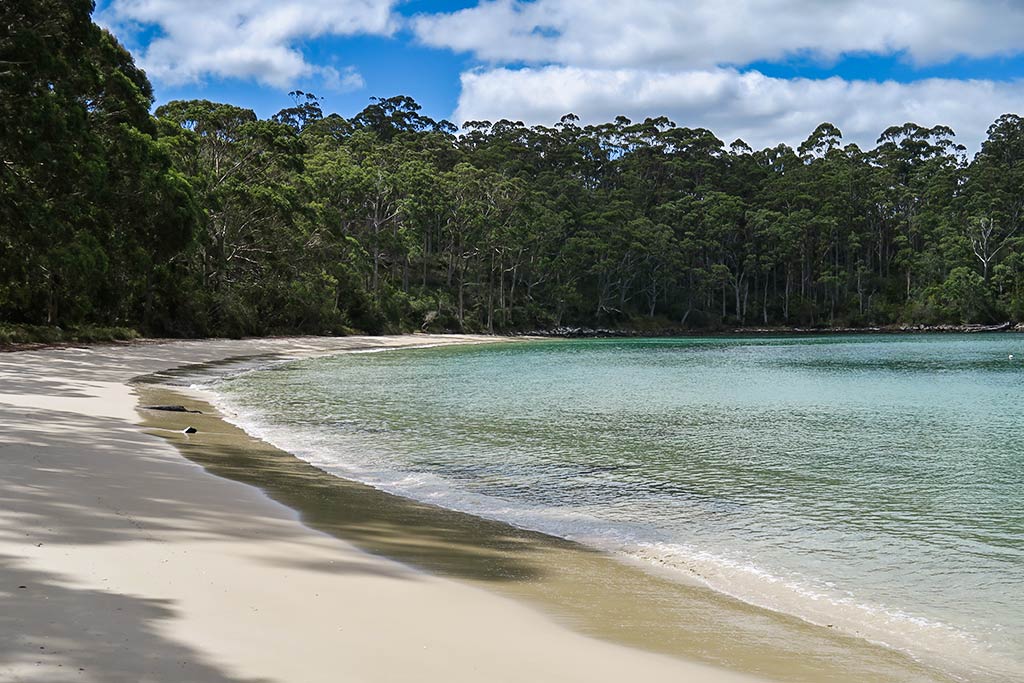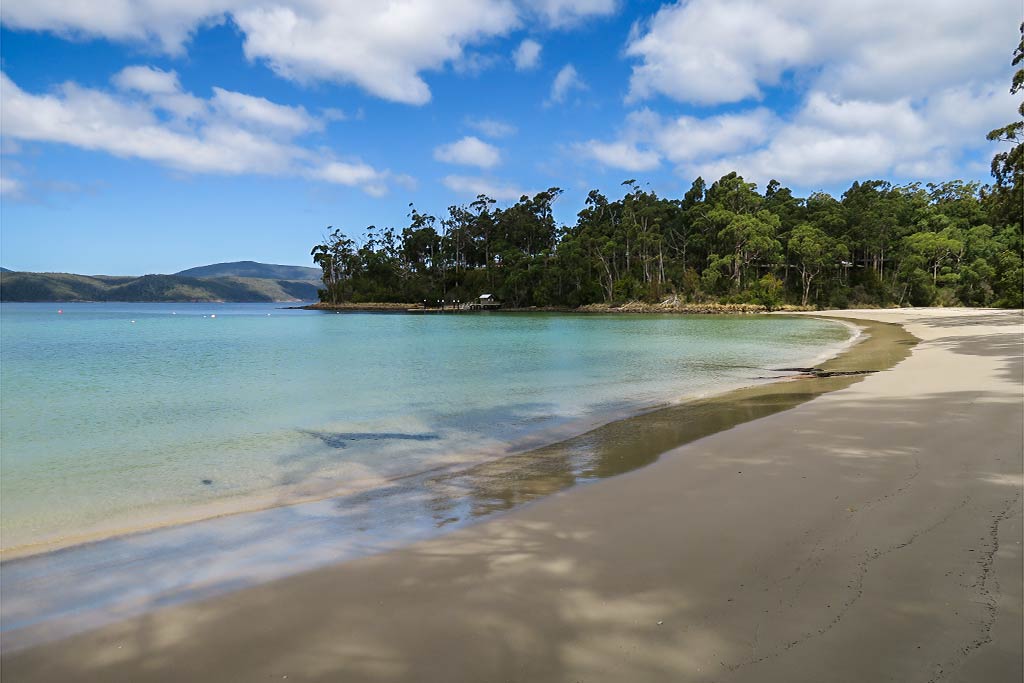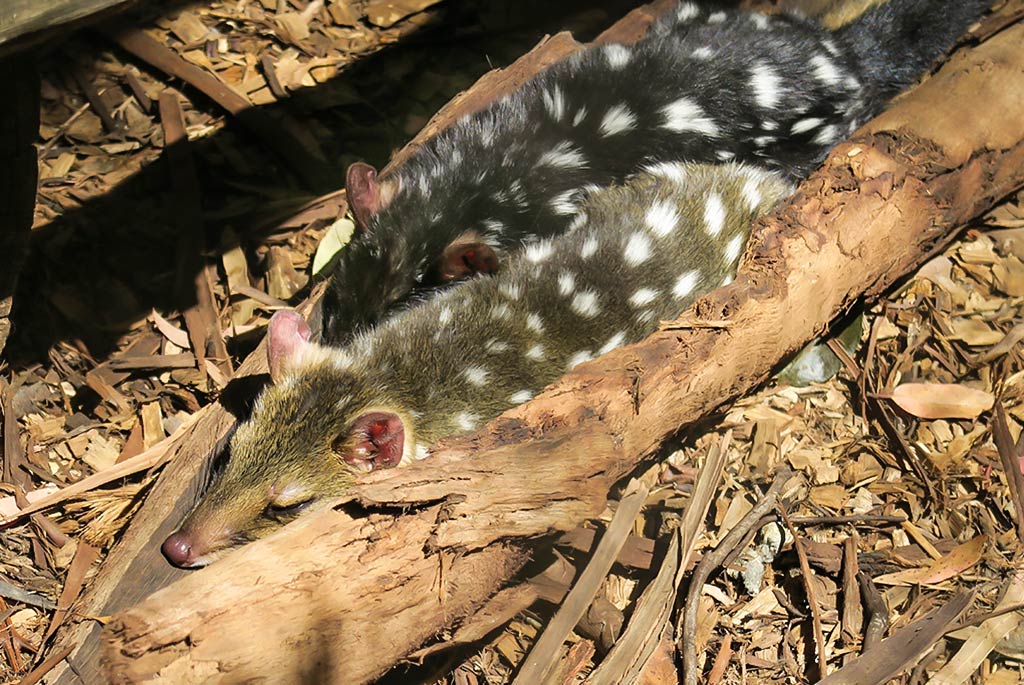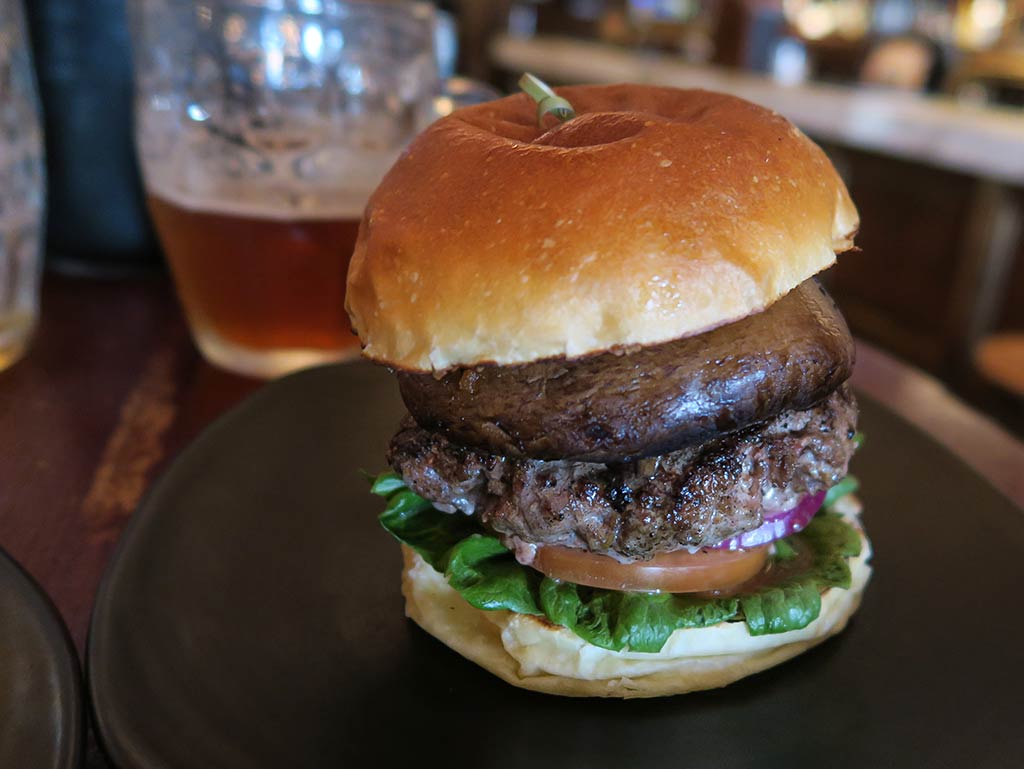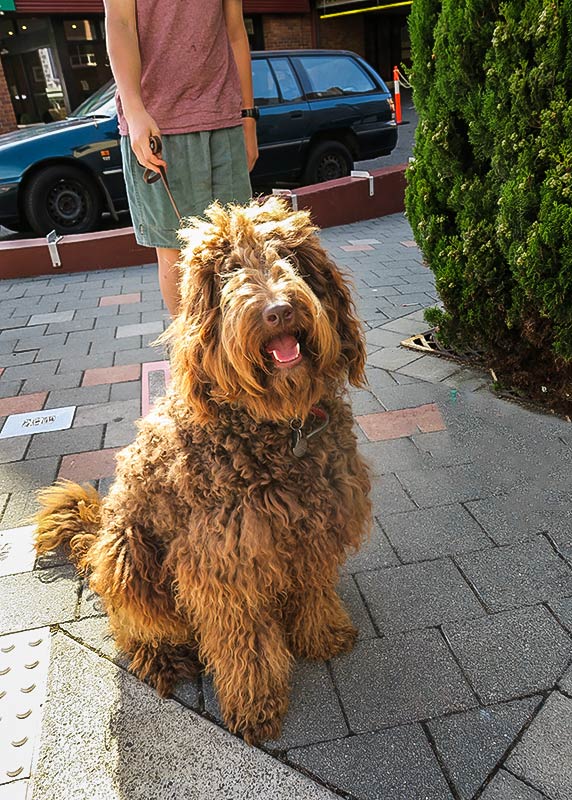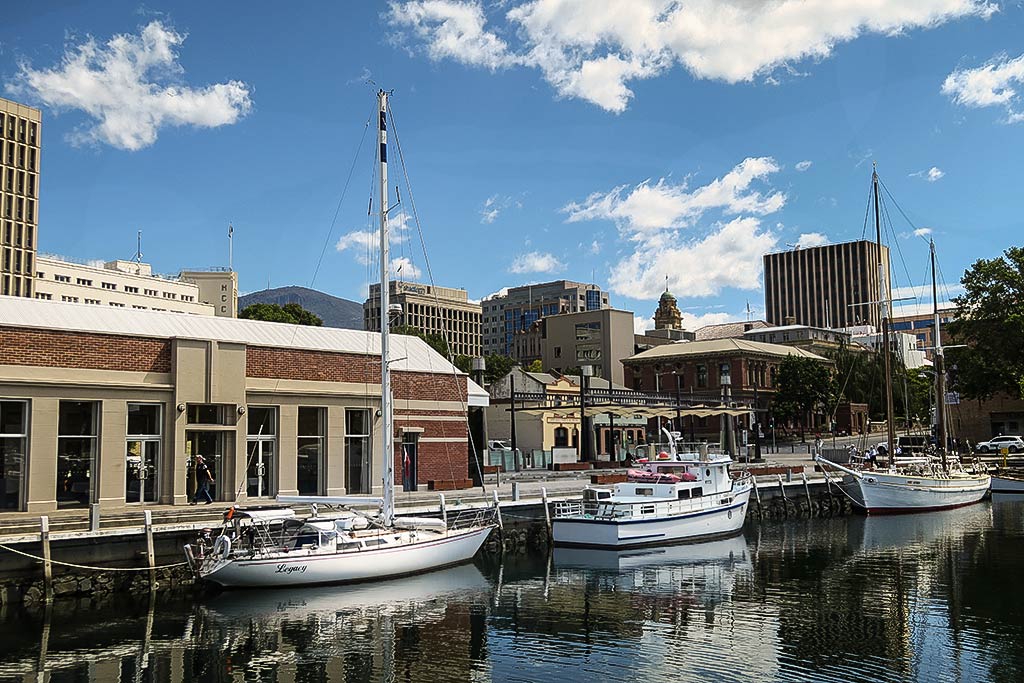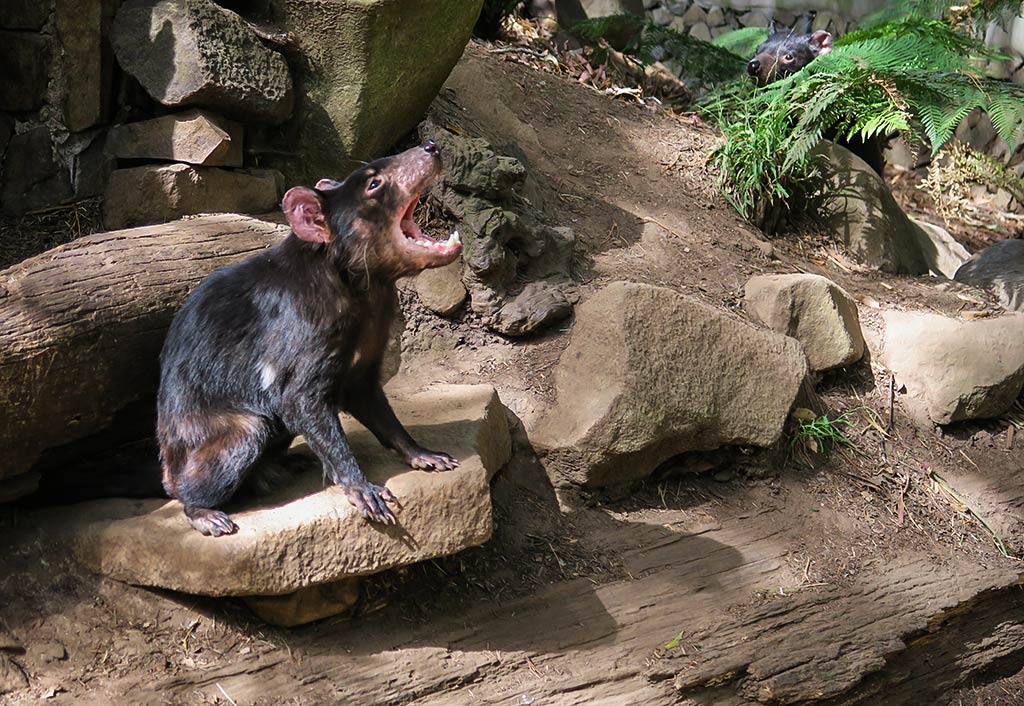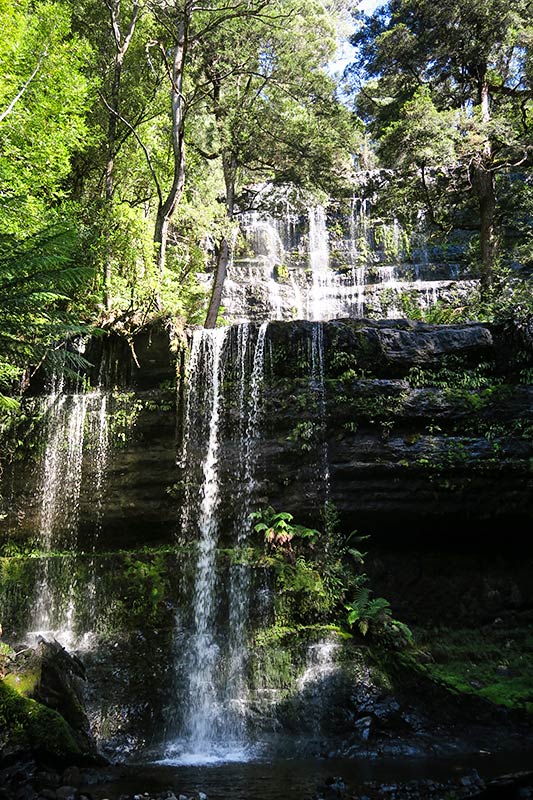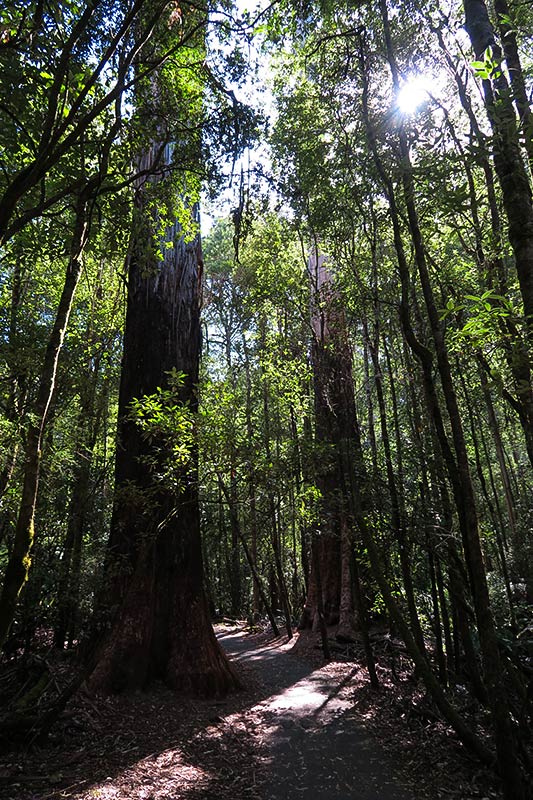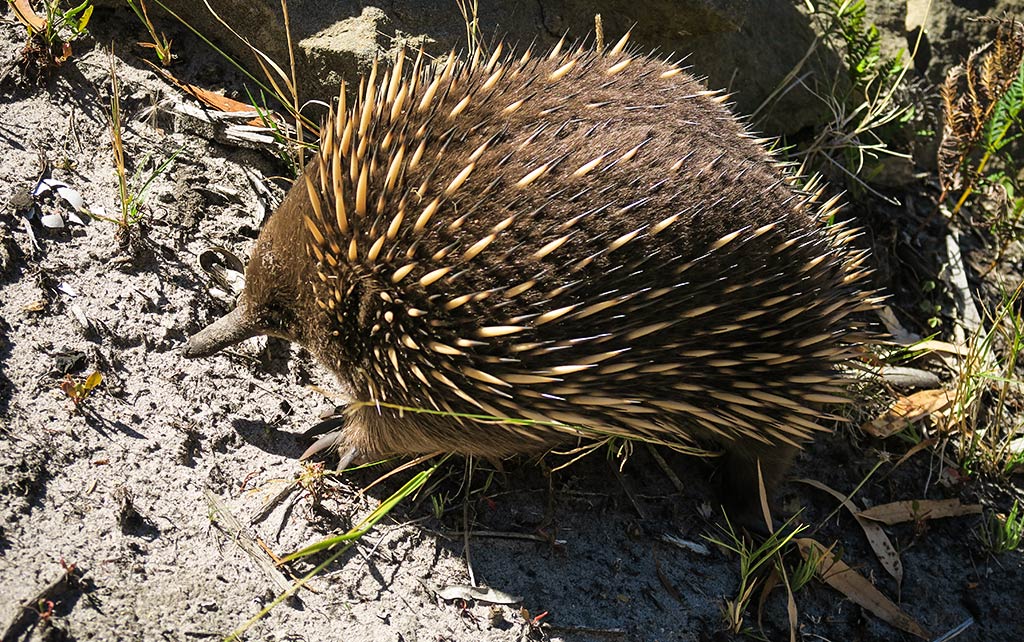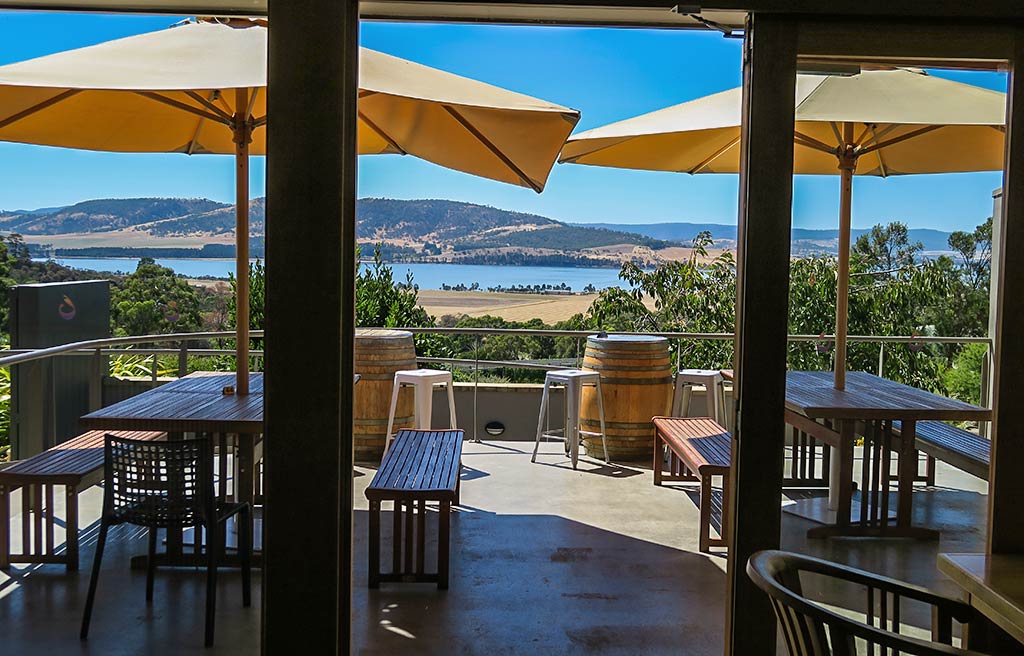March 6, 2017
We haven’t been blogging much recently as Tasmania has been keeping us really busy. Now that we’ve settled into Hobart for a awhile, we’ve downshifted to a slower pace (although with all the boat work we’re doing it’s not exactly restful).
So far, we’ve learned lots of things about cruising Tasmania and busted through some major misconceptions. Why the misconceptions? Because blanket statements stem from knowledge of year-round conditions and “schedule cruising” (participating in boat races, boat shows, regattas, etc.), and not true seasonal cruising.
For example, the Little Girls on Legacy would never, ever, venture to Tasmania in December’s blustery late spring conditions nor would we ever, ever cross the Bass Strait on a pre-set schedule (as those crazy Sydney to Hobart racers do). That’s for manly men unafraid of the sea, of discomfort, of death. We’re afraid of all of those things and try to avoid them by treating the sea with a lot of respect. Thus while other sailors can regale you with tales of sailing through gale force winds and storms, our tales will center around the specials on the pub’s lunch menu that day.
Below, some of the things we heard most often from mainland Aussies before we headed down this way, and what, in fact, we’ve found.
1. “It’s so cold down there!” We heard this one over and over again, and it surely does get cold in the winter. The summer? No, not really, at least no colder than the north island of New Zealand. Both places are subject to the occasional southerly system that can bring chilly night and morning air, but unless it’s a rainy, windy day, the afternoons are generally warm and pleasant. I can sum it up by saying since being here, we’ve used our heater on a handful of mornings, but I’ve yet to dig out my long pants.
Since arriving in Hobart we’ve had a long period of very warm days; so our fans are on, our hatches are open, and we appreciate air conditioning when we find it. It looks like we’ll enjoy this weather for the foreseeable future. I do realize when we get to the west side of Tasmania, we’ll see a lot more rain. For the time being, it’s been one warm, sunny day after another.
2. “It’s so windy there.” We’ve found that in Tasmania (at least in the summer) it’s no windier than anyplace else we’ve been. No matter where we go in the southern hemisphere it’s always the same: there are calm days; there are breezy days; and then there are days with more serious blows. We watch the weather and plan accordingly. The winds, when they do come, are no stronger here than elsewhere we’ve been.
We have, however, found one particular challenge that none of our guidebooks really addressed: the wind is especially changeable here, switching direction at least once during the day. This doesn’t matter in all-weather anchorages, but all-weather anchorages are almost nonexistent on the east coast of Tasmania and the Furneaux group of islands to the north, which was where we started our cruise here.
People cruising the east coast have to think in terms of all-weather “areas.” This means that in certain areas, there’s always a place you can pick up and move to when the wind changes. The good news is that with modern weather forecasting, you can pretty much know exactly when that will happen. The bad news is you have to spend a lot of time planning, and not just your next move but several moves ahead. It’s rare to be able to stay in a spot more than a day or two. Some days might entail a couple of moves. The worst is having to move at an inconvenient time and anchor in the dark. And while any given move might only be a couple of miles, that can be a long couple of miles in choppy, gusty conditions.
I should hasten to add here that much of the effort of planning and moving came about because I had my heart set on visiting certain places. Other cruisers often opt to get down the east coast quickly, skipping Flinders Island entirely and making only a couple of stops en route to the south side of Tasmania. Thus, they avoid the planning and moving hassles entirely. Almost every place we’ve been can be seen by car; we just chose to do them in our own boat. After spending three weeks cruising Flinder’s Island and the east coast of Tasmania, we can say it wasn’t the most restful cruising, but for us it was totally worth the effort–it’s a fantastic and beautiful place.
Since crossing under the south side of Tasmania, we’ve had anchorages that pretty much have all-weather protection. Now that we’re in Hobart, we don’t worry about the wind at all. We’ll soon be moving on, and time will tell what that will bring.
3. “The Tasmanian people are, well, somewhat rural.” (This has not been said as a compliment.) I have to say we’ve found exactly the opposite: Tasmanians seem particularly worldly, sophisticated, competent and intelligent. They’ve also been some of the nicest people we’ve met anywhere. If there are any pocket areas where cousins have married cousins, we sure haven’t come across them.
In fact, if there’s anything that stands out about the Tasmanians, it’s that they may have the most intense foodie culture we’ve ever encountered in our travels. Tasmania has the best seafood, beef, dairy products and produce in Australia. They also specialize in making craft beer, gin, single malt whiskies, and wine. And they know how to make the best of their bounty with some of the best cafes, restaurants, markets and food festivals in Australia.
Not surprisingly, Hobart is packed with eateries ranging from the finest of restaurants to small cafes and takeouts. But Tasmania in general is the sort of place that has incredible cafes in the most out-of-the-way places. These places thrive because Tasmanians will travel to visit them, and they do seem to love going out to eat. I’ve noticed that even though the streets seem overrun with bars and restaurants, they all seem packed by 5:30pm. I remarked to someone that every night here seems like Friday night, and she reminded me that it’s summer, and people are making the most of the good weather. I suppose she’s right, but I suspect places are still pretty busy in the winter, that while people may be crowded around fire pits and heat lamps, it’s still pretty festive.
As for personal misconceptions, I’d always pictured Tasmania having lots of misty forests, big mountains, dense greenery and barren windswept areas. There are certainly areas that fit those descriptions, but what we’ve mostly seen so far are white-sand beaches with clear turquoise water bracketed by boulder strewn headlands. There’s also dense coastal eucalyptus forest and lots of pastureland. Near Hobart, we’ve found golden grassy hills and vineyards. We’ll see more rainforest and mountains as we head west, but for now I’d say Tasmania has been more about beaches and dry coastal vegetation than misty forests.
In all, between the scenery, the wildlife, the people, and the food, Tasmania has certainly become one of our favorite cruising destinations. It has its challenges, but the rewards are great. Right now, we’re tied up smack in the middle of downtown Hobart at a place called Constitution Dock and feeling pretty thrilled with it. It’s right in the hub of the city, surrounded by great historic buildings, boats, and eateries, close enough to enjoy the energy of the city yet in a reasonably quiet corner with not much pedestrian traffic. We can understand how so many people who come here never leave. We’d be tempted to stay indefinitely if it weren’t for that time limit on our visa. We’ve already decided to return here in the future: there is so much to see that one season isn’t enough.
Below, a sampling of photos from our trip between Wineglass Bay and Hobart. (Click to enlarge and scroll.) –Cyndi
And here’s an interactive Google map showing where we’ve cruised in Tasmania so far…

